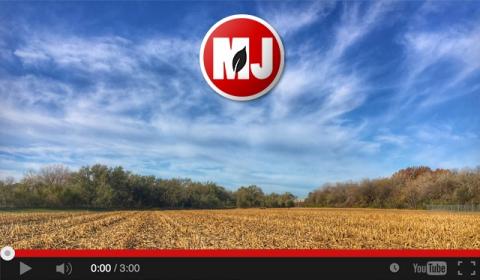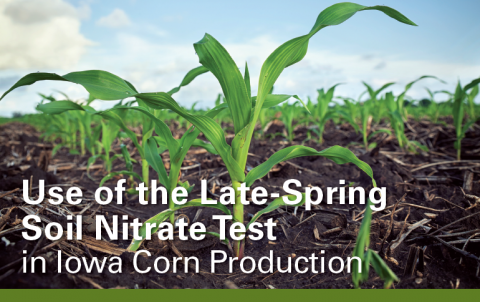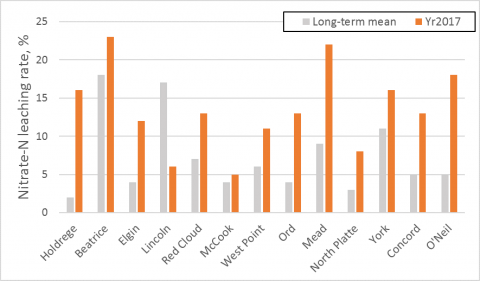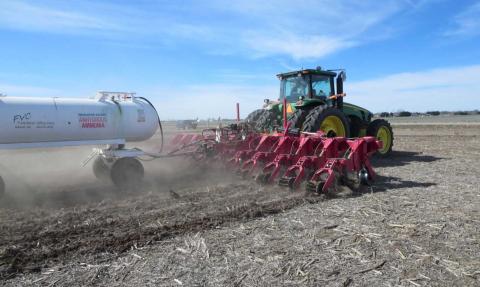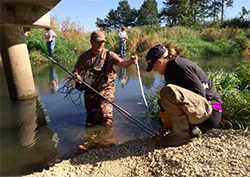Managing Nitrogen to Reduce Losses as Nitrous Oxide
September 18, 2017
Nitrogen is a key factor in farm management and economics. One of the most expensive inputs for corn production, it can be easily lost to the environment. One avenue for losing N, as nitrous oxide, has an impact on our climate as a greenhouse gas. Successful strategies for reducing N losses, especially as nitrous oxide, benefit both farmers and the environment.
Market Journal on Nitrate Leaching, Marestail Control and More
June 9, 2017
On this week's Market Journal with host Jeff Wilkerson view these segments:
Iowa Releases New Publication on Use of the Late Spring Soil Nitrate Test
June 8, 2017
Following heavy spring rains, farmers may be interested in testing for soil nitrogen availability. This article notes a new publication from Iowa State University on using the Late Spring Soil Nitrate Test (LSNT) as well as other options for assessing soil nitrate.
Risk of Nitrate Leaching Across Nebraska as of May 21, 2017
May 25, 2017
Following heavy spring rains UNL soil scientists model potential loss of nitrate-N to soil leaching, finding an average 14% loss from mid-April levels, with three sites with much higher losses.
Fertilizer Price Changes from 1994-2017
April 25, 2017
Fertilizer, one of the major costs in crop production, changes more in price each year than many other input costs. This articles addresses how farmers can reduce their fertilizer costs by selecting the most economical source for the fertilizer they need.
Making Data-Driven Decisions on Soybean Inoculation
April 6, 2017
Farmers, agronomists, and researchers provide three steps to deciding whether to inoculate soybeans this spring.
Kansas University Research: ‘Weather Whiplash’ Triggered by Changing Climate will Degrade Midwest’s Drinking Water
April 3, 2017
One consequence of global climate change is the likelihood of more extreme seesawing between drought and flood, a phenomenon dubbed “weather whiplash.” In a peer-reviewed study researchers at the University of Kansas discuss how weather whiplash in the American Midwest's agricultural regions may after water quality, forcing municipalities to seek costly remedies to provide safe drinking water to residents.
Recommended Resource: Nitrogen Extenders and Additives for Field Crops
March 9, 2017
A recently revised publication, Nitrogen Extenders and Additives for Field Crops, discusses their attributes, performance, and crop yield response in various trials, and reviews related research findings from land grant universities in the North Central Region.

